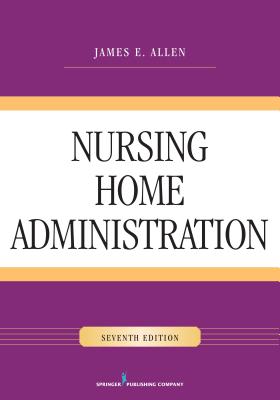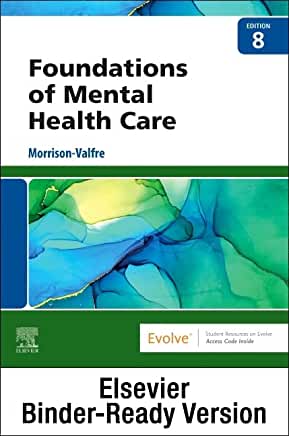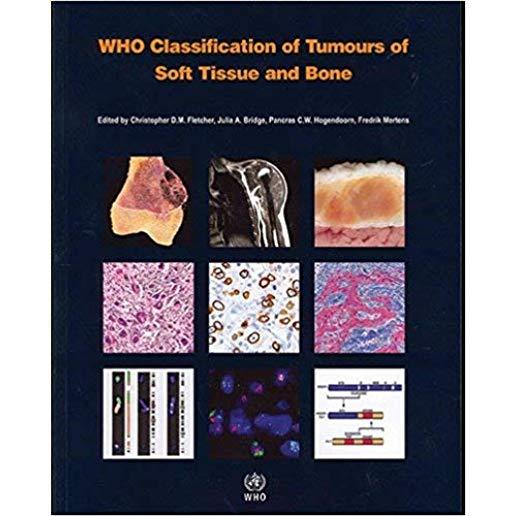
Shubert, David
The third edition retains the many outstanding learning features from earlier editions, including a special focus on gases, the use of illustrations to demonstrate how scientific concepts relate directly to their clinical application in anesthesia, and end-of-chapter summaries and review questions to facilitate self-assessment. Fifteen online videos enhance teaching and learning, and abundant clinical application scenarios help reinforce scientific principles and relate them to day-to-day anesthesia procedures. This clear, easy-to-read text will help even the most chemistry- and physics-phobic students to master the foundations of these sciences and competently apply them in a variety of clinical situations.
NEW TO THE THIRD EDITION:
- Increased focus on clinical relevance
- Revised and updated chapters foster ease of understanding
- Clinical application scenarios open each chapter
- A new chapter provides guidance about calculator use and a unique problem-solving method
- Detailed step-by-step solutions clarify answers to end-of-chapter problems
- Comprehensive list of all key equations with explanation of symbols
KEY FEATURES:
- Written in an engaging, informal style for ease of understanding
- Focuses solely on chemistry and physics principles relevant to nurse anesthetists
- Provides end-of-chapter summaries and review questions
- Fifteen online videos enhance teaching and learning
- Includes abundant illustrations that apply theory to practice
member goods
listens & views

VIOLIN CONCERTO / CONCERTO FOR ...
by MENDELSSOHN / WALEY-COHEN / ORCHESTRA OF THE SWAN
COMPACT DISC$18.49






